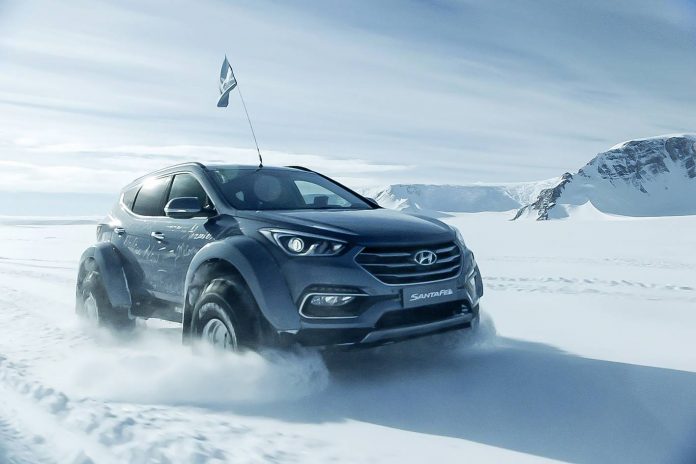
History has been made by Hyundai with a successful crossing of Antarctica from Union Camp to McMurdo and back again. Using a lightly modified 2.2-litre diesel Santa Fe driven by Patrick Bergel, Great Grandson of polar explorer Sir Ernest Shackleton, the journey marks the first time the continent has been crossed using a passenger vehicle.
Sir Ernest Shackleton set out on a Trans-Antarctic expedition throughout 1914-1916 but a successful completion eluded him and his crew, 100 years later the journey has been completed by his Great Grandson over the course of 30 days.
Scott Noh, Head of Overseas Marketing Group, Hyundai Motor Company said: “We were aware of Sir Ernest Shackleton’s story and as a Company felt a resonance with his courage and pioneering spirit. Our film celebrates this spirit and through Patrick, his Great Grandson, completes his dream to cross Antarctica – just a hundred years later. We hope that it showcases Hyundai as brand that that is more than just a means of transportation.”
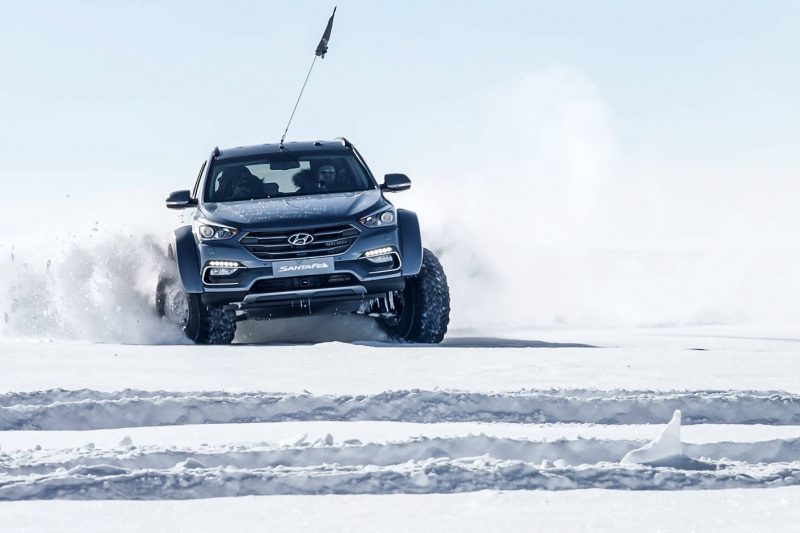
The Hyundai Santa Fe was modified to fit low pressure tyres to tackle the grueling 5,800km trek in some of the most inhospitable environments on the planet where temperatures drop to minus 28 degrees Celsius.
Patrick Bergel said: “The journey was incredible and the car was a pleasure to drive. Sometimes it felt less like driving and more like sailing across the snow. It was a proper expedition with a challenge to accomplish that nobody else had done before. It was about endurance not speed – we only averaged 27km/h – and success was about how we and the car handled it. I’m very reluctant to make direct comparisons between what my great grandfather did and what we’ve done recently. But it is quite something to have been the first to do this in a wheeled vehicle.”
The task of preparing the cars prior to setting out fell to Gisly Jónsson from Arctic Trucks who then went on to lead the expedition.
Jónsson explained: “It was a pretty standard Santa Fe. The engine, the management system, the transmission, front differential and driveshaft were all completely standard. We did have to fit big, low-pressure tyres though – they are important as it’s all about getting the vehicle up on top of the snow rather than ploughing through it. We were running on one-tenth of a normal road tyre pressure – it’s so soft you can drive over someone’s hand and it won’t hurt them! The car ‘trod’ so lightly that all our tyre tracks were gone by the time we came back.”
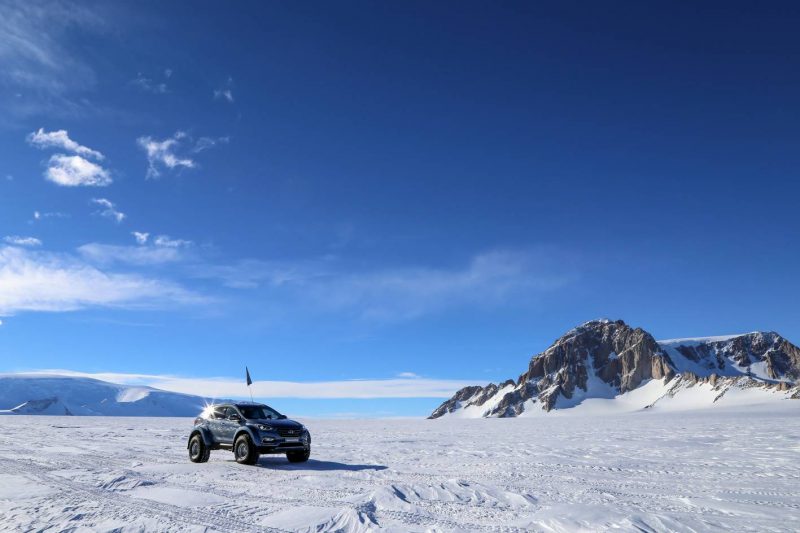
Making room for the massive tyres required lifting the body using new sub-frames and suspension along with reduction gears within the hubs to turn the larger diameter wheels more slowly. Also altered was the fuel tank capacity to make use of the only available fuel on the continent, Jet A-1 fuel. A pre-heater was also fitted to assist with the cold conditions.
“People who have a lot of experience of Antarctica know what it does to machinery: basically, anything and everything falls apart,” said Jónsson. “Even the big machines crack up and break apart. This was the first time this full traverse has ever been attempted, let alone doing it there and back. A lot of people thought we would never ever make it and when we returned they couldn’t believe we’d actually done it!”
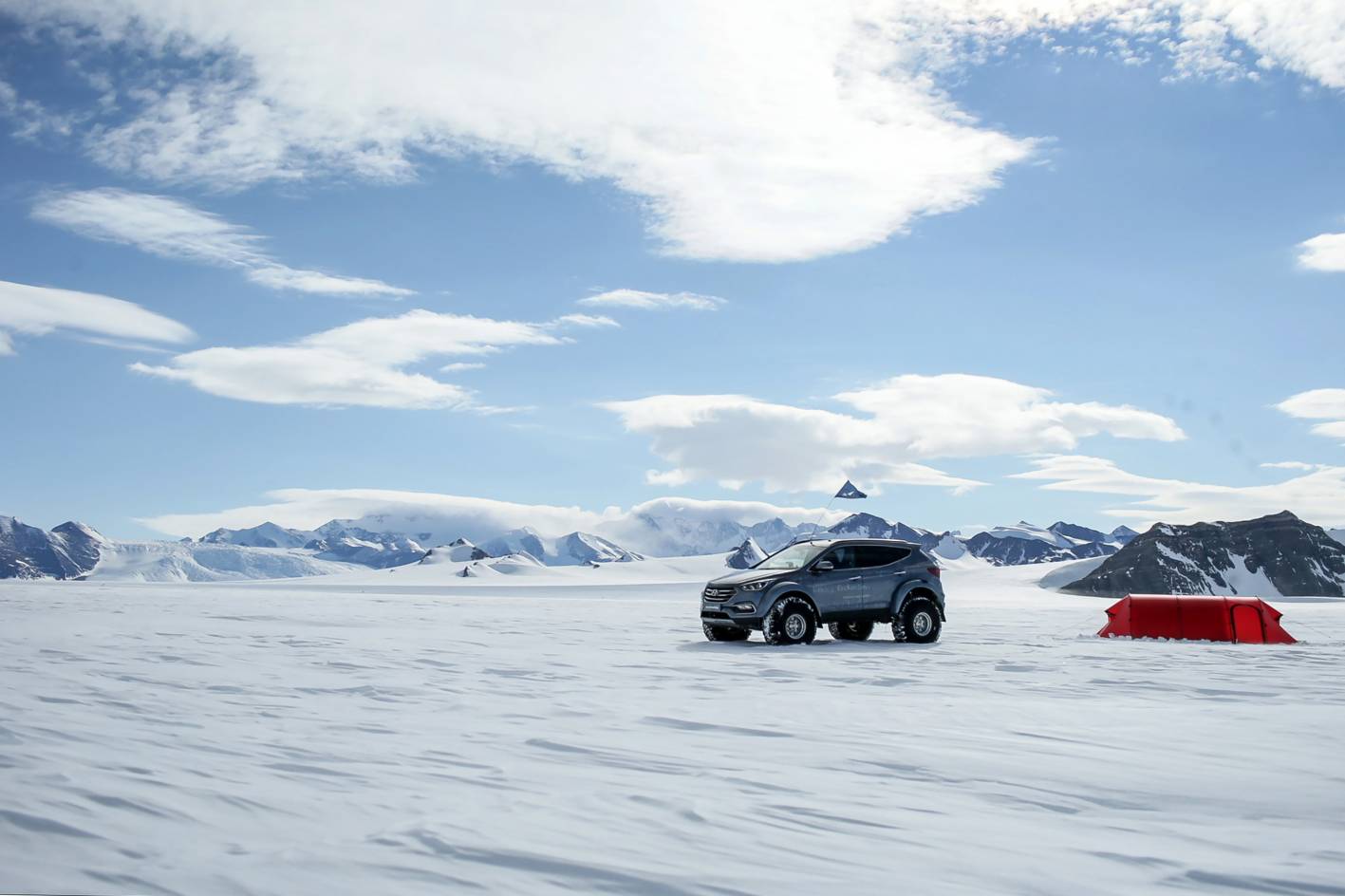
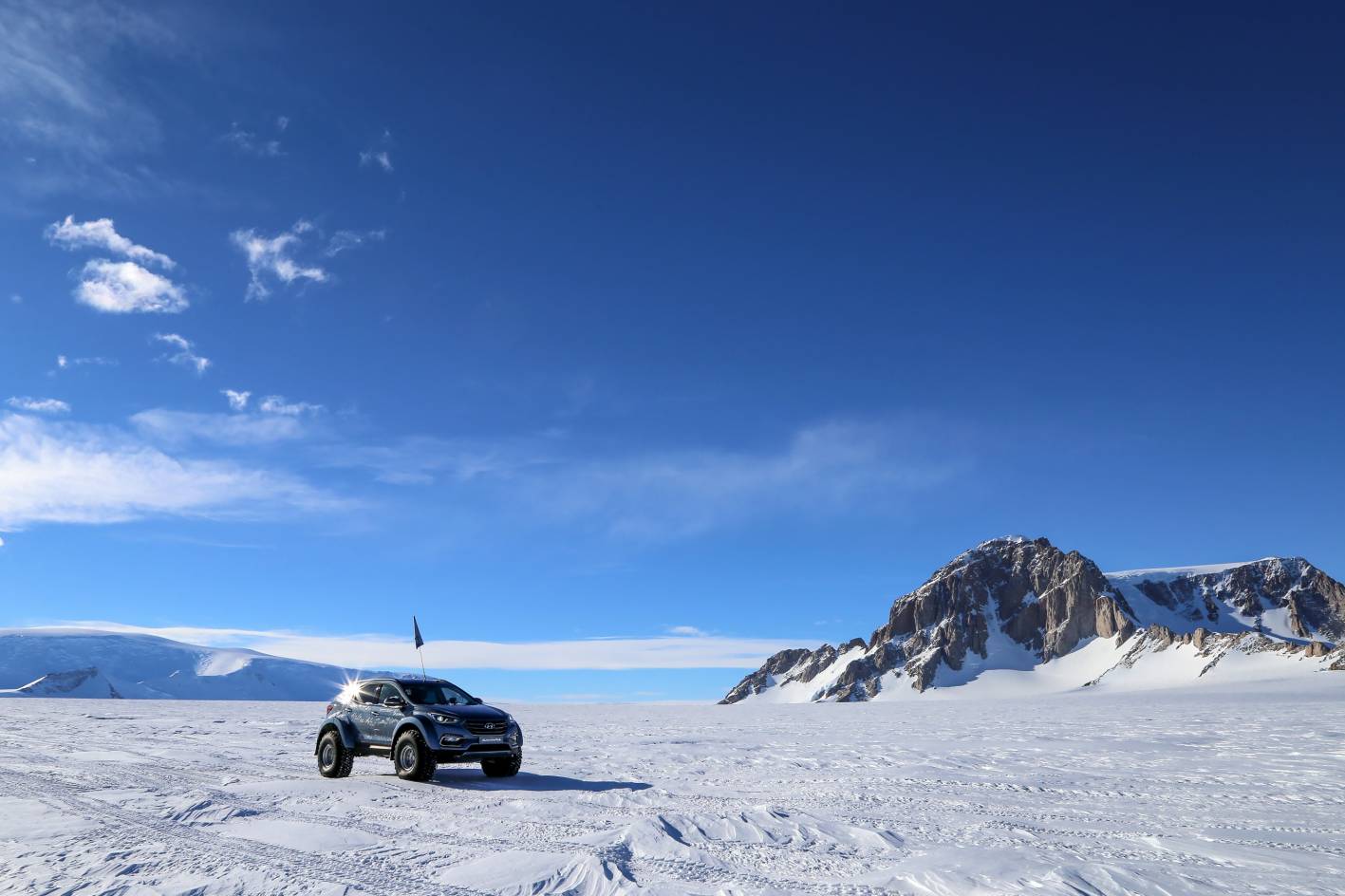
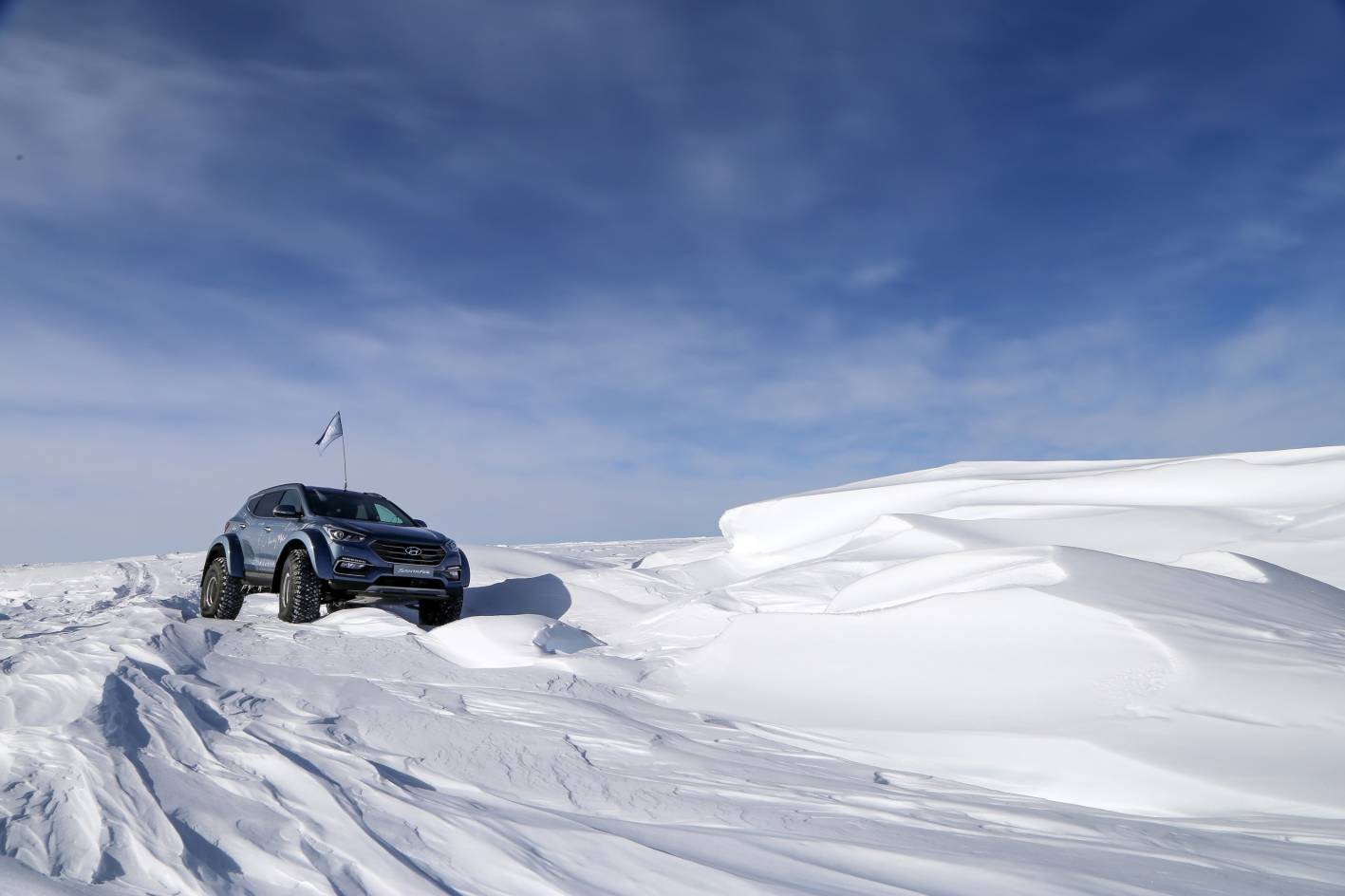
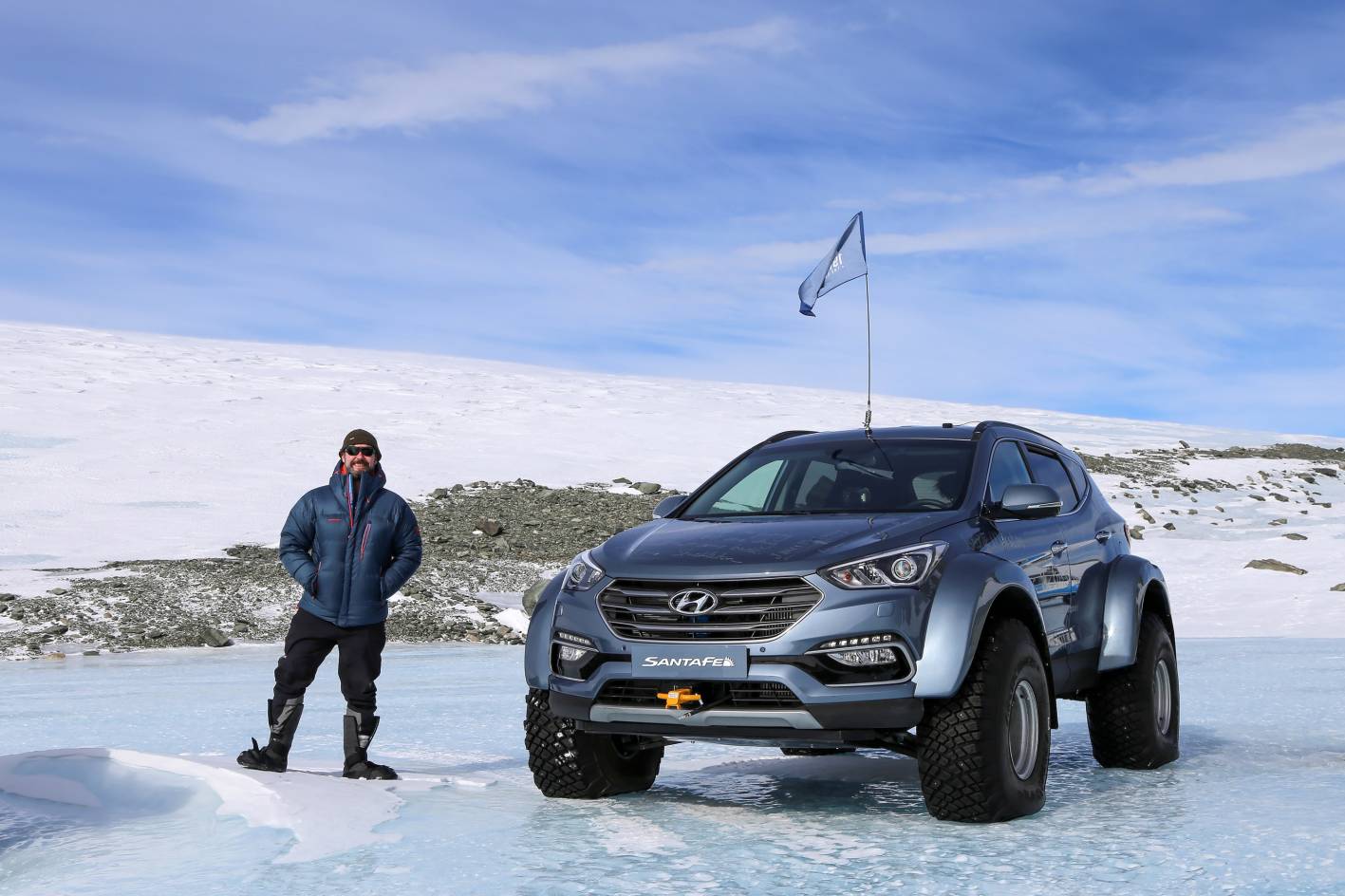
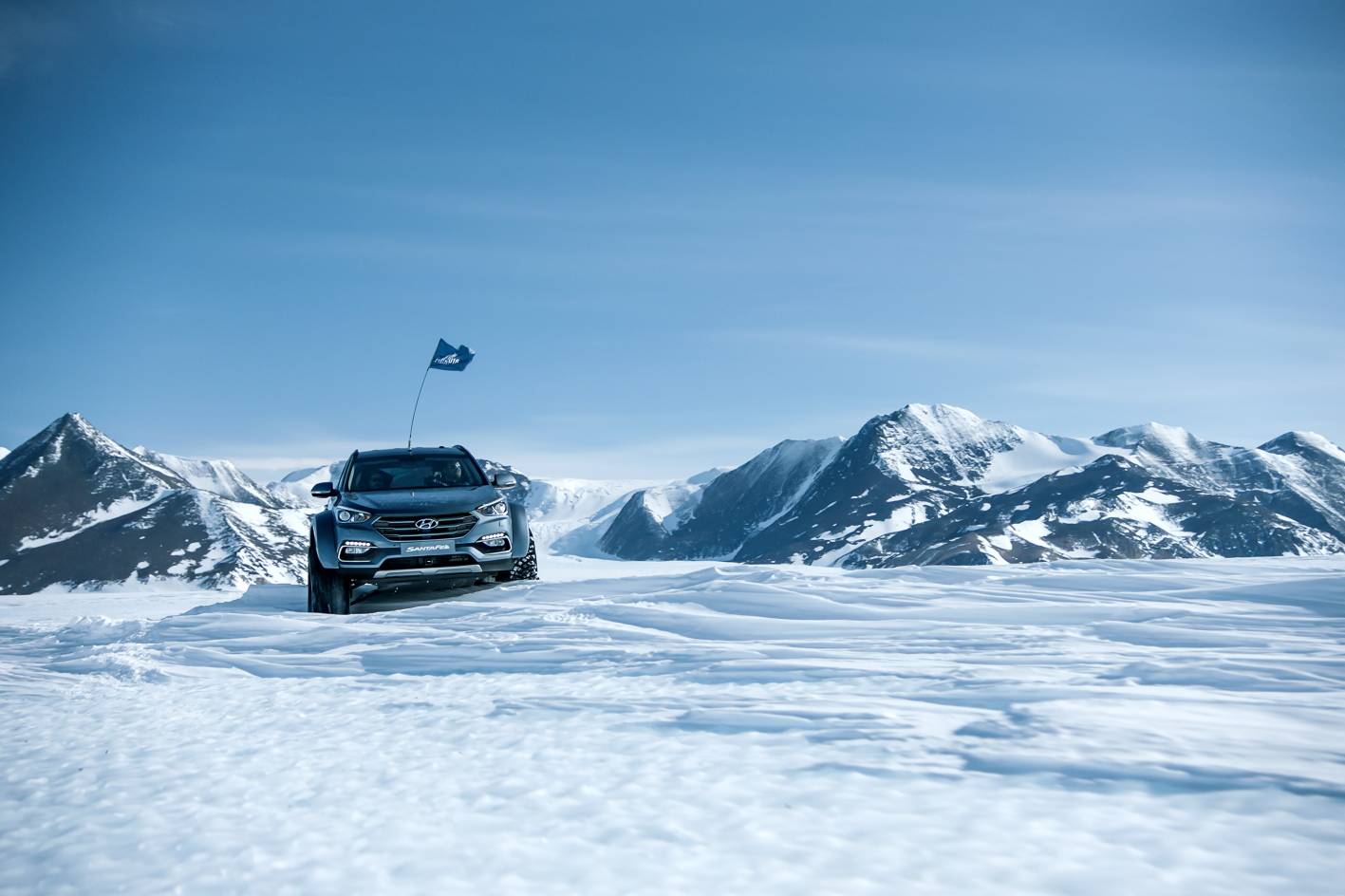
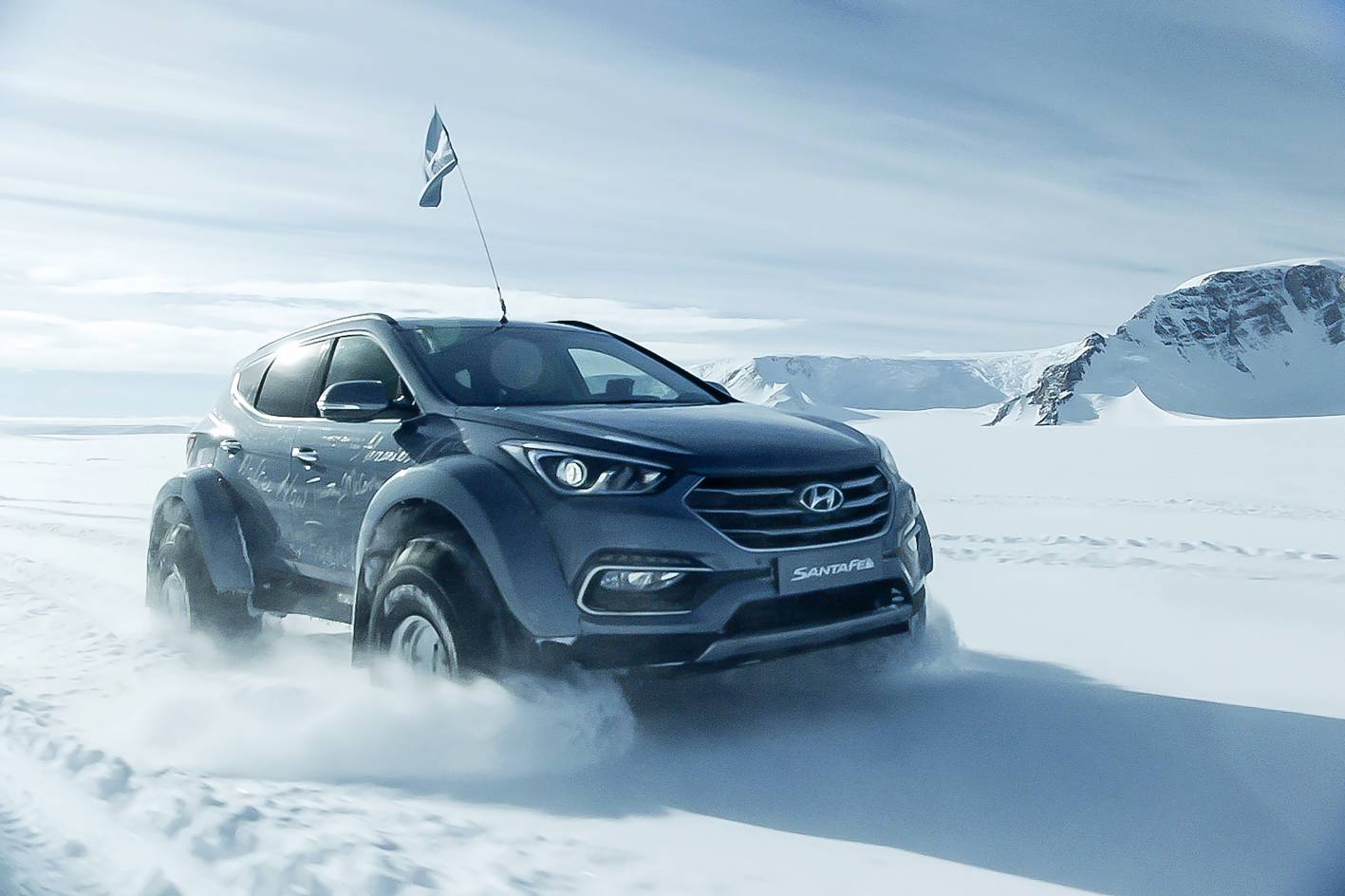
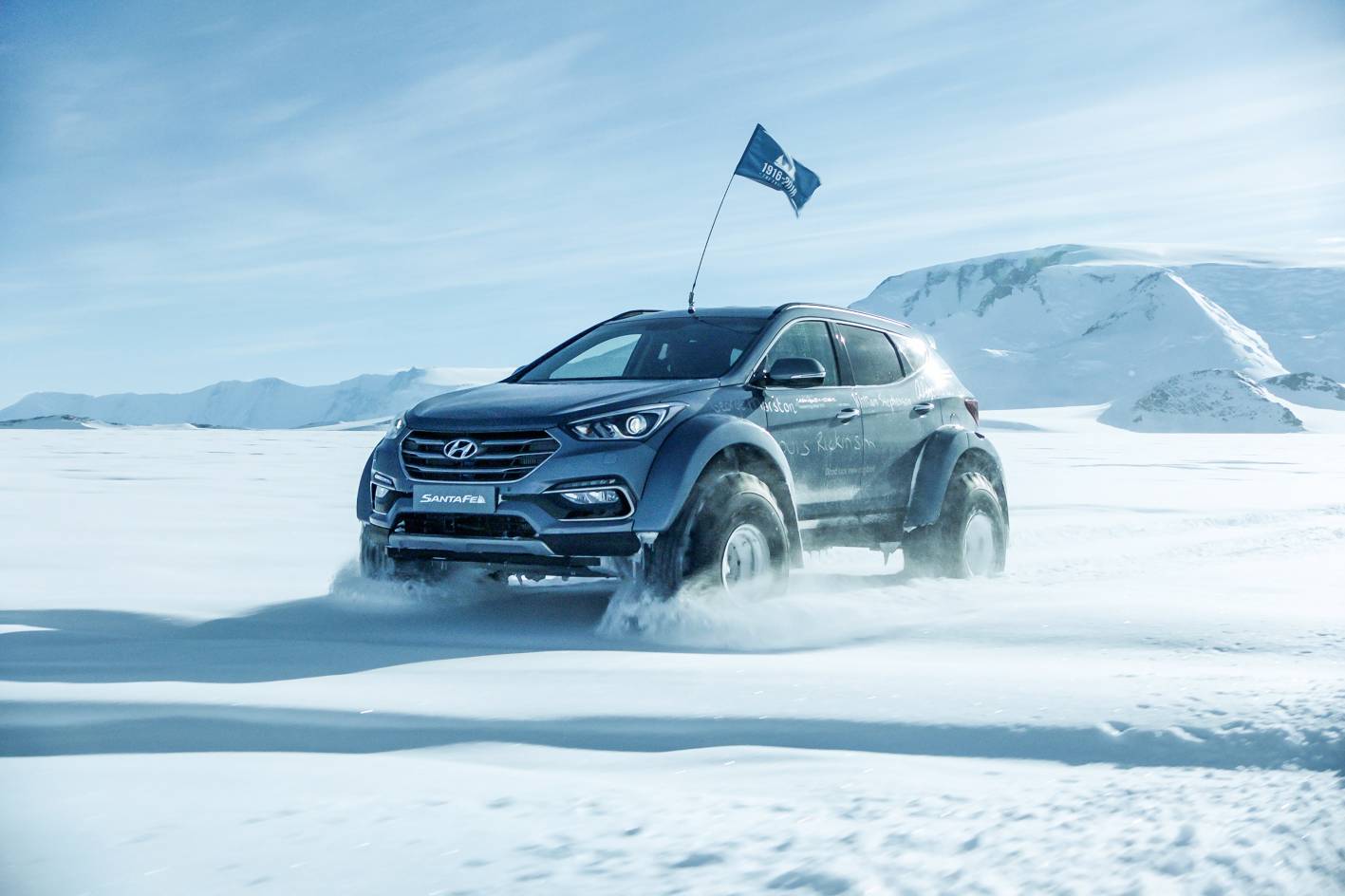
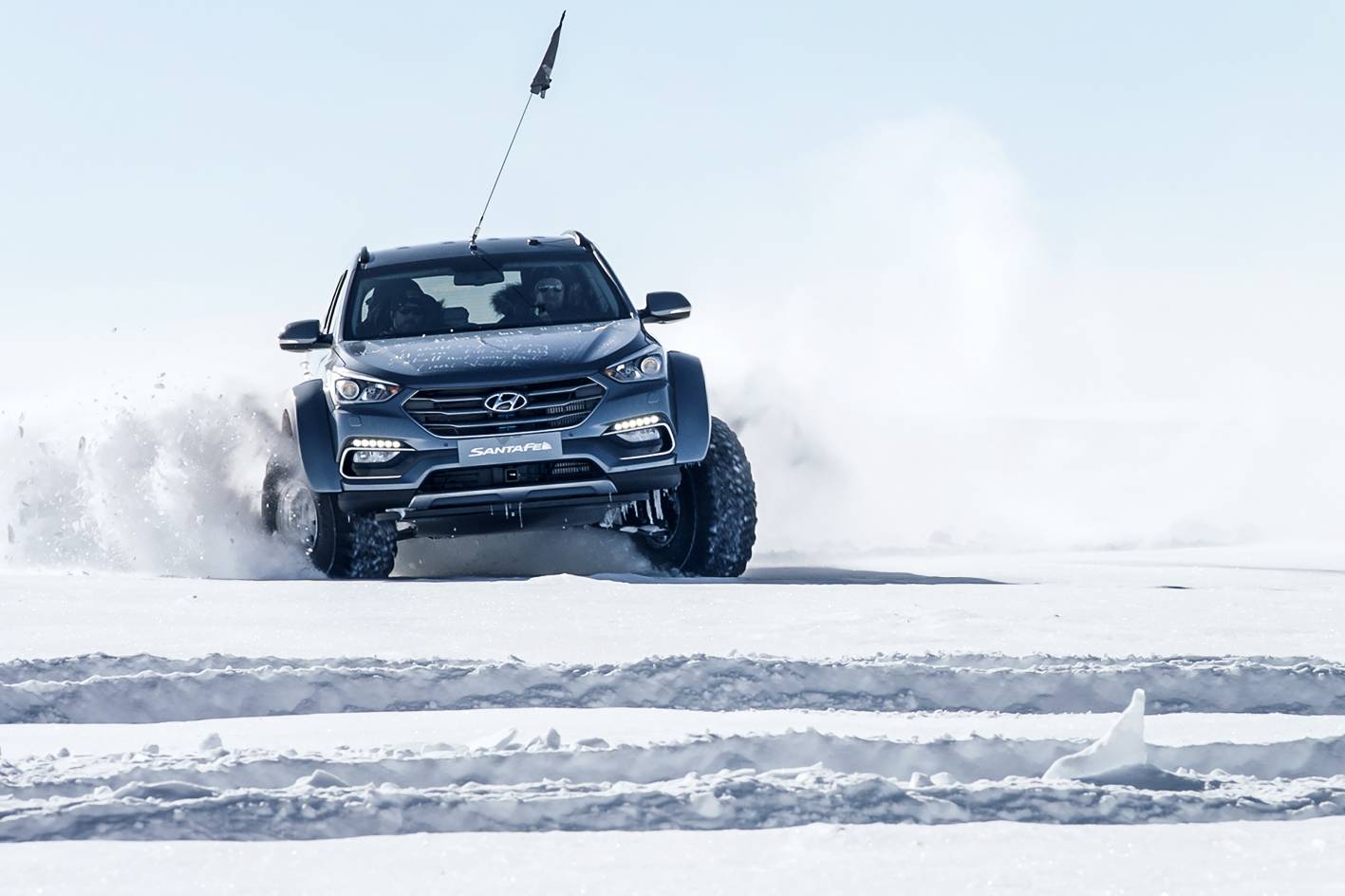

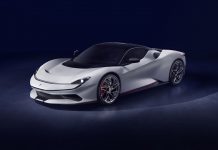


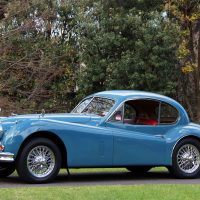
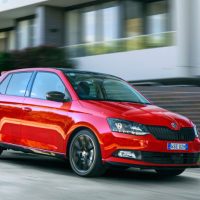
![Meet the Top 5 Best Sounding Engines [video]](https://www.tunedcentral.com/wp-content/uploads/2017/10/pexels_engine-324x160.jpg)